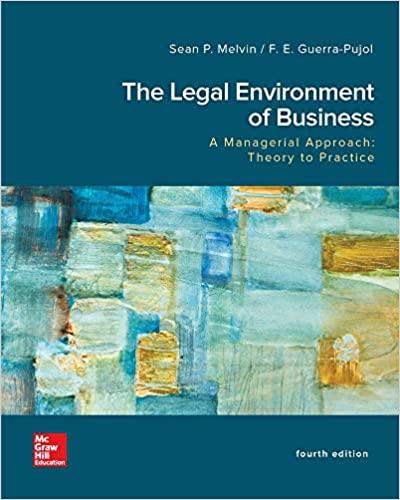Answered step by step
Verified Expert Solution
Question
1 Approved Answer
R. v. Greyeyes case below. 4 Case R. v. Greyeyes, 1997 CanLII 313 (S.C.C.) For more information, Go to Nelson Social Studies In August 1994,

Step by Step Solution
There are 3 Steps involved in it
Step: 1

Get Instant Access to Expert-Tailored Solutions
See step-by-step solutions with expert insights and AI powered tools for academic success
Step: 2

Step: 3

Ace Your Homework with AI
Get the answers you need in no time with our AI-driven, step-by-step assistance
Get Started


